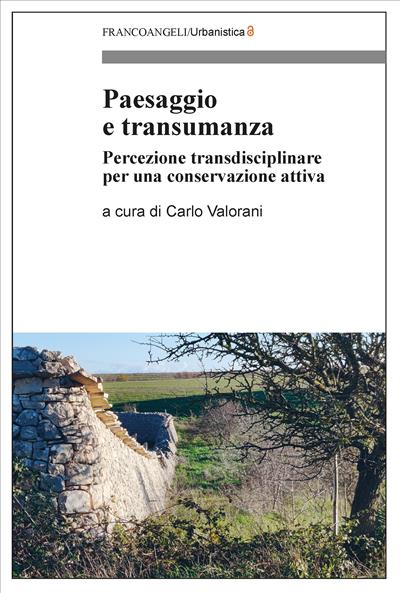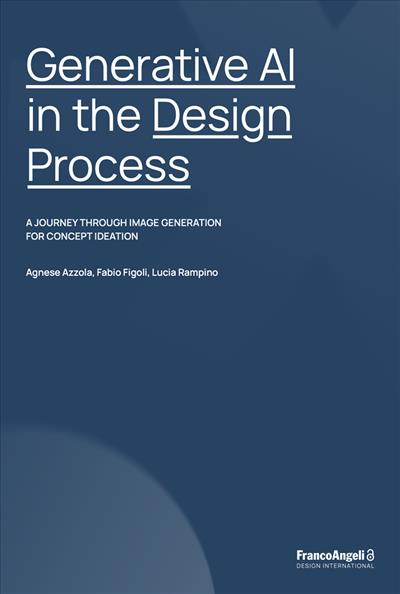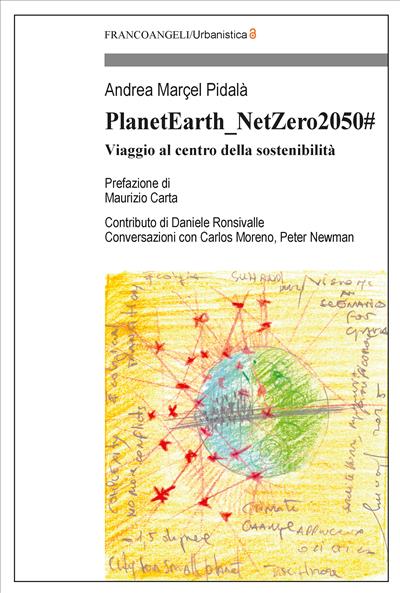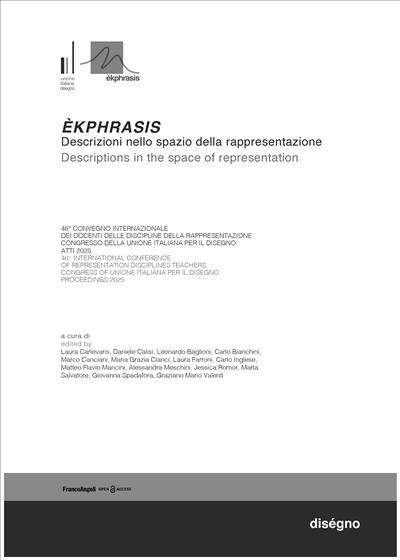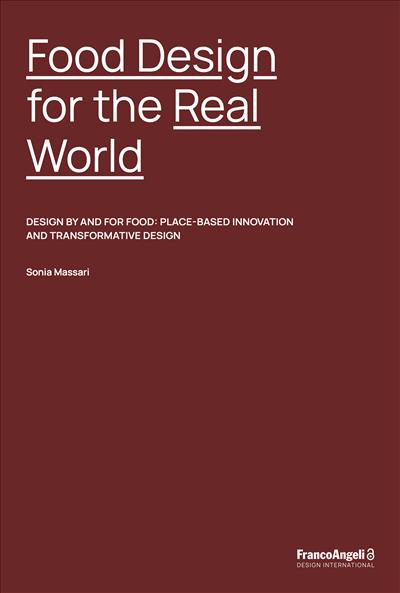
Food Design for the Real World
Design by and for food: place-based innovation and transformative design
This book explores the transformative potential of design within agri-food systems. Inspired by Victor Papanek’s call to address real human needs, the book adopts a transdisciplinary and situated approach to investigate food as both a medium and an object of design.
Blending theory and practice, it traces the evolution of the food design field and introduces a six-mediation framework for understanding food experience.
Pages: 240
ISBN: 9788835181668
Edizione:1a edizione 2025
Publisher code: 10319.36
